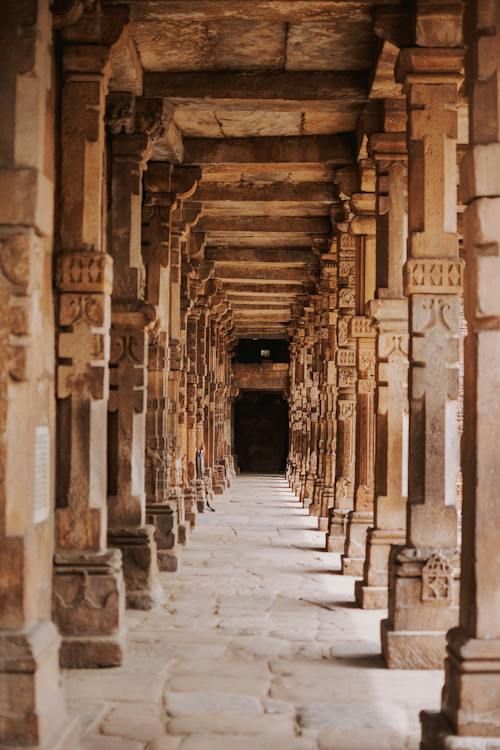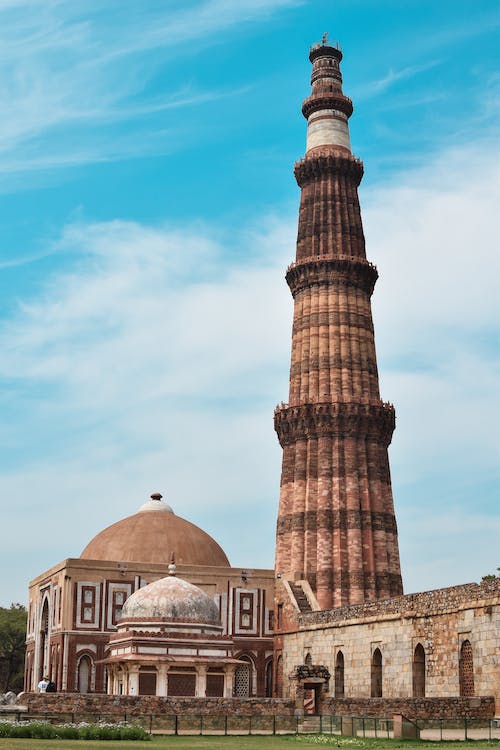




Qutb Minar is a UNESCO World Heritage Site located in Delhi, India. It is one of the most famous and tallest minarets in the world. The construction of Qutb Minar was initiated by Qutb-ud-din Aibak, the founder of the Delhi Sultanate, in the year 1193. The minaret was later completed by his successor Iltutmish and further expanded by subsequent rulers.
Key features of Qutb Minar:
Height: Qutb Minar stands at a height of 72.5 meters (237.8 feet) and has a base diameter of 14.3 meters, tapering to 2.7 meters at the top.
Architecture: The minaret is built in a distinctive Indo-Islamic architectural style, featuring intricate carvings and verses from the Quran. The structure is made of red sandstone and marble.
Islamic Influence: Qutb Minar is a symbol of the early Islamic architecture in India. Its design reflects a fusion of Persian, Turkish, and Indian architectural styles.
Quwwat-ul-Islam Mosque: At the foot of Qutb Minar lies the Quwwat-ul-Islam Mosque, one of the earliest mosques built in India. The mosque was constructed using materials from demolishing 27 Hindu and Jain temples.
Iron Pillar: In the courtyard of the Quwwat-ul-Islam Mosque, there is an ancient iron pillar known as the “Iron Pillar of Delhi.” The pillar is notable for its rust-resistant composition and has inscriptions suggesting it was originally erected in the 4th century.
Qutb Minar and its surrounding monuments are significant historical and architectural landmarks, attracting tourists and scholars alike. The site represents the rich cultural heritage and the historical evolution of Delhi through different periods of rule.
Check out our recent tour glimpse



